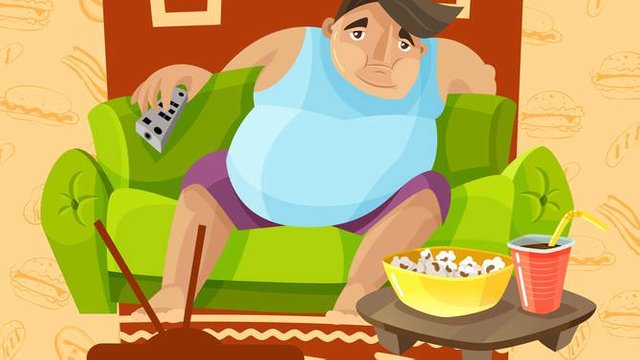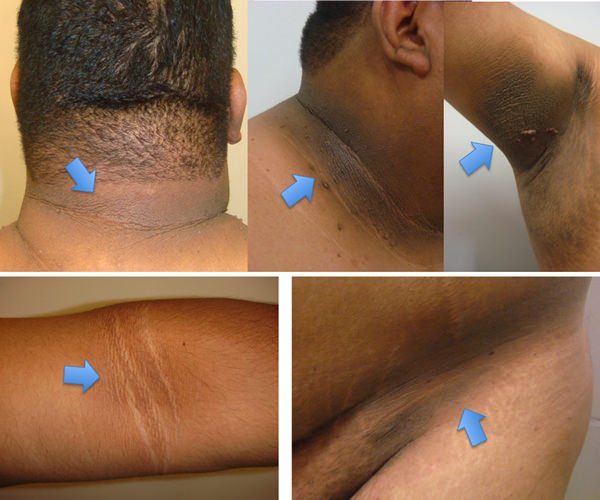¿Quiénes desarrollan resistencia a la insulina?/Who develops insulin resistance?
Como continuación del post anterior, en este hablaremos de quiénes están en riesgo de desarrollar resistencia a la insulina y por tanto Diabetes Mellitus tipo 2/ As a continuation of the previous post, in this we will talk about who are at risk of developing insulin resistance and therefore type 2 Diabetes Mellitus.
La resistencia a la insulina puede ser una condición genética o adquirida, por eso es muy importante interrogar al paciente en la consulta y preguntarle si tiene familiares diabéticos, sin embargo, hoy en día, son los factores ambientales o adquiridos los que juegan un rol fundamental para el desarrollo de esta condición. Dentro de ellos están:
- Una dieta alta en grasas y baja en fibras.
Insulin resistance can be a genetic or acquired condition, so it is very important to question the patient in the consultation and ask if he has diabetic relatives, however, nowadays, it is the environmental or acquired factors that play a fundamental role for the development of this condition. Among them are:
- A diet high in fat and low in fiber.

Imagen tomada de: https://www.horacero.com.mx/vida-y-cultura/una-dieta-alta-en-grasas-puede-provocar-ansiedad-y-depresion/
- La inactividad física o el sedentarismo.
- El sobrepeso u obesidad, especialmente la acumulación de grasa a nivel abdominal, que es la que más se ha relacionado con el desarrollo de resistencia a la insulina. Las mujeres cuya circunferencia de cintura es mayor de 88 cm y los hombres cuya circunferencia de cintura es mayor de 94 cm deben ser estudiados, pues están en riesgo de tener resistencia a la insulina.
- Physical inactivity or sedentary lifestyle.
- Overweight or obesity, especially the accumulation of fat at the abdominal level, which is the one that has been most related to the development of insulin resistance. Women whose waist circumference is greater than 88 cm and men whose waist circumference is greater than 94 cm should be studied, as they are at risk of having insulin resistance.

Imagen tomada de: https://www.prensa.com/salud_y_ciencia/Sedentarismo-golpe-salud_0_4615038469.html Igualmente la Asociación Americana de Diabetes ha sugerido que otras poblaciones también deben ser estudiadas por considerarse de alto riesgo, entre ellas:
- Aquellas mujeres que hayan presentado Diabetes en su embarazo (Diabetes Gestacional) o que hayan dado a luz bebes que pesaron más de 4 kg (8 libras con 13 onzas).
- Pacientes con Hipertensión arterial y enfermedad cardiovascular pre existente.
- Pacientes con triglicéridos altos (mayores a 250 mg/dl) y colesterol HDL (el llamado “bueno”) bajo, es decir, menor a 35 mg/dl.
- Las mujeres con Sindrome de Ovarios Poliquísticos.
- Pacientes con acrocordones (verruguitas pequeñas) y acantosis nigricans (coloración oscura que aparece en los pliegues del cuello, axila, región inguinal, que muchos pacientes relacionan con suciedad y no lo es)
Likewise, the American Diabetes Association has suggested that other populations should also be studied because they are considered high risk, including:
- Those women who whrere diagnosed with diabetes in their pregnancy (Gestational Diabetes Mellitus) or who have given birth to babies who weigh more than 4 kg (8 pounds, 13 ounces)
- Patients with hypertension and pre-existing cardiovascular disease.
- Patients with high triglycerides level (greater than 250 mg / dl o 2.82 mmol/L) and low HDL cholesterol level (less than 35 mg/dL o 0.90 mmol/L).
- Women with Polycystic Ovary Syndrome.
- Patients with acrochordons (small warts) and acanthosis nigricans (darkened, thickened patches of skin that appears in the folds of the neck, armpit, inguinal region, which many patients relate to dirt and is not)

Imagen tomada de: http://www.tipsaludable.com/es-peligroso-que-confundas-esto-con-una-mancha-de-sucio-esto-es/ La persona que presente cualquiera de los factores de riesgo mencionados, debe ser estudiada por un especialista, para determinar si presenta resistencia a la insulina y riesgo de desarrollar Diabetes Mellitus tipo 2.
En mi siguiente post hablaremos de cómo se estudia a estos pacientes
The person who presents any of the risk factors mentioned, should be studied by a specialist, to determine if it has insulin resistance and risk of developing type 2 diabetes mellitus.
In my next post we will talk about how these patients are studied

Congratulations @eleyda78! You have completed some achievement on Steemit and have been rewarded with new badge(s) :
Click on any badge to view your own Board of Honor on SteemitBoard.
For more information about SteemitBoard, click here
If you no longer want to receive notifications, reply to this comment with the word
STOPExcelente post @eleyda78, es bueno tener este tipo de información siempre presente, gracias por promover este contenido a través de tus post :)
Saludos y te sigo!!
Muchas gracias @luming, que bueno que te haya gustado, tambien te sigo!!!